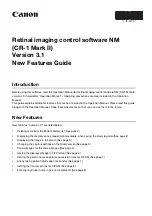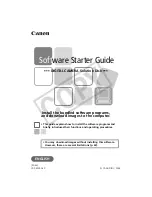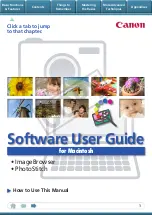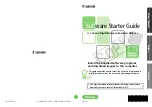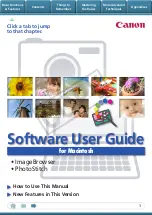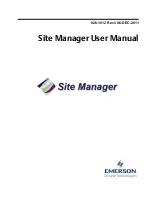
Policies and ACLs
ExtremeWare XOS 11.1 Concepts Guide
180
When you create a policy file, name the file with the policy name that you will use when applying the
policy, and use “.pol” as the filename extension. For example, the policy name “boundary” refers to the
text file “boundary.pol”.
Using the Edit Command
A VI-like editor is available on the switch to edit policies. To edit a policy file on the switch by
launching the editor, use the following command:
edit policy <filename>
There are many commands available with the editor. For information about the editor commands, use
any tutorial or documentation about VI. The following is only a short introduction to the editor.
Edit operates in one of two modes; command and input. When a file first opens, you are in the
command mode. To write in the file, use the keyboard arrow keys to position your cursor within the
file, then press one of the following keys to enter input mode:
●
i - To insert text ahead of the initial cursor position
●
a- To append text after the initial cursor position
To escape the input mode and return to the command mode, press the Escape key.
There are several commands that can be used from the command mode. The following are the most
commonly used:
●
dd - To delete the current line
●
yy - To copy the current line
●
p - To paste the line copied
●
:w - To write (save) the file
●
:q - To quit the file if no changes were made
●
:q! - To forcefully quit the file without saving changes
●
:wq - To write and quit the file
Using a Separate Machine
You can also edit policies on a separate machine. Any common text editor can be used to create a policy
file. The file is then transferred to the switch using TFTP and then applied.
To transfer policy files to the switch, use the following command:
tftp [<host_name> | <ip_address>] {-v <vr_name>} [-g | -p] [{-l [<local_file> |
memorycard <local-file-memcard>]} {-r <remote_file>} | {-r <remote_file>} {-l
[<local_file> | memorycard <local-file-memcard]}]
Checking Policies
A policy file can be checked to see if it is syntactically correct. Use the following command to check the
policy syntax:
check policy <policy-name>
Содержание ExtremeWare XOS 11.1
Страница 16: ...Contents ExtremeWare XOS 11 1 Concepts Guide 16...
Страница 20: ...Preface ExtremeWare XOS 11 1 Concepts Guide 20...
Страница 21: ...1 Using ExtremeWare XOS...
Страница 22: ......
Страница 78: ...Managing the ExtremeWare XOS Software ExtremeWare XOS 11 1 Concepts Guide 78...
Страница 168: ...Virtual LANs ExtremeWare XOS 11 1 Concepts Guide 168...
Страница 200: ...Policies and ACLs ExtremeWare XOS 11 1 Concepts Guide 200...
Страница 252: ...Security ExtremeWare XOS 11 1 Concepts Guide 252...
Страница 265: ...2 Using Switching and Routing Protocols...
Страница 266: ......
Страница 294: ...Ethernet Automatic Protection Switching ExtremeWare XOS 11 1 Concepts Guide 294...
Страница 354: ...Extreme Standby Router Protocol ExtremeWare XOS 11 1 Concepts Guide 354...
Страница 416: ...IP Multicast Routing ExtremeWare XOS 11 1 Concepts Guide 416...
Страница 417: ...3 Appendixes...
Страница 418: ......
Страница 432: ...Software Upgrade and Boot Options ExtremeWare XOS 11 1 Concepts Guide 432...































